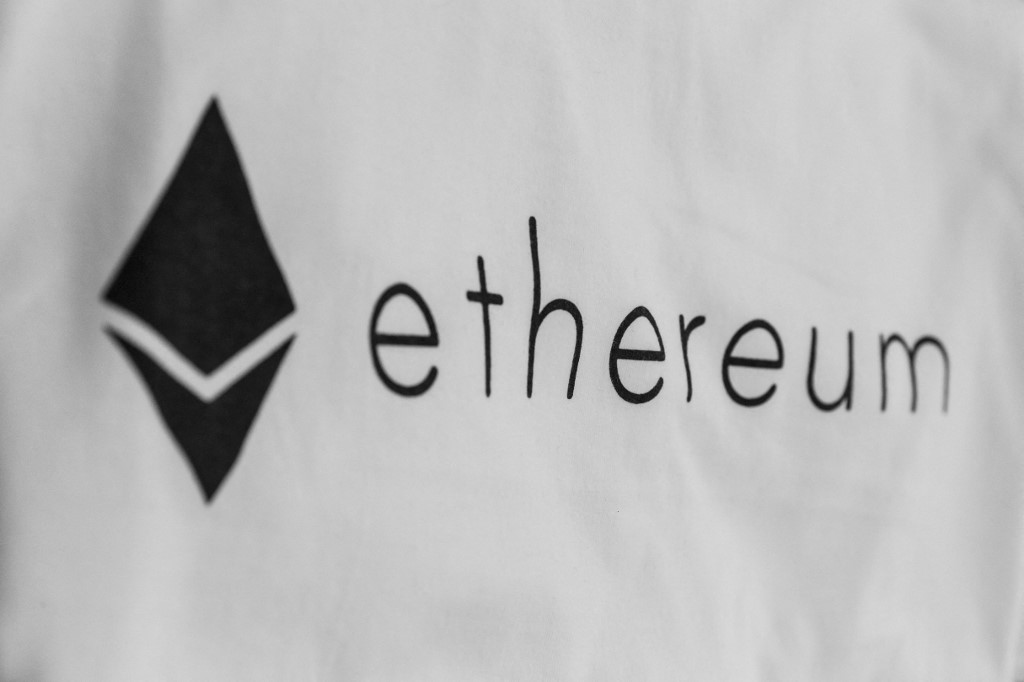This hasn’t been a very good week for crypto investors – except for Bitcoin, which is up very slightly to US$94,027.58 as we go to press. Almost every other digital coin is down, including Ethereum, which has shed 1.50% of its value over the past seven days to land at $1,766.88.
Maybe it’s a case of short-term pain for long-term gain. The financial odds board at BetOnline (visit our BetOnline Review) has the Over/Under on Ethereum (ETH) at $3,500.50 for the end of 2025, with each side priced at –120. But that’s still well below the $4,006.02 that Ethereum hit in early December, let alone the all-time high of $4,666.71 set in November 2021.
If you’ve been reading this space for a while, you already know that Bitcoin and Ethereum are two very different animals – especially when it comes to crypto investing. While Bitcoin (BTC) appears well on its way to breaching the $100K mark again, Ethereum has some challenges to overcome if it’s going to rally in 2025.
What Happened to Ethereum ETFs?
There was supposed to be an Earth-shattering kaboom when the SEC finally approved the trading of Ethereum spot ETFs in June 2024. That’s what happened when Bitcoin ETFs were launched that January; some $4 billion in inflows was recorded in the first month alone, boosting the price of BTC from around $92K to $106K.
Not this time. Despite strong interest from Wall Street, regular investors weren’t as keen on Ethereum ETFs, keeping the price of ETH down below $3,000 for most of Autumn 2024. There was a brief rally after Donald Trump was elected POTUS; after generating some $5 billion in ETF inflow between November 2024 and January 2025, Ethereum was briefly up over $4,000 before investors started pulling out again.
Is Ethereum Rallying Again?
Maybe. After two months of heavy outflows, Ethereum ETFs saw a positive daily inflow of $64 million at the end of April. That’s nothing compared to the over $300 million these ETFs were pulling in previously, but still notable in what’s become a very difficult market for investors.
It could be a short-term effect. The SEC was expected to unleash the hounds and approve ETFs for several other coins, including Solana (SOL), the potential heir apparent to Ethereum’s DeFi throne. However, the SEC postponed that decision; you can buy standard Solana ETFs in the U.S. as of March, but if you want direct “spot exposure” to SOL price movements, you’ll have to buy your spot ETFs in Canada, which approved them for trading on April 16.
Will People Abandon ETH for SOL?
It’s already happening to some degree. Ethereum is still the busier place for doing DeFi and trading in NFTs, but Solana has been gaining ground since late 2023, offering faster transactions with lower fees by using a consensus mechanism that combines Proof of History (PoH) with Proof of Stake (PoS).
The downside for crypto investors is that Solana requires a less decentralized network in order to keep scaling up. Not everyone can afford the specialized hardware (including a minimum of 128GB of RAM for validators) that allows Solana to work its magic. This gives the venture capitalists who jumped all over Solana in the early days a bit more control than many smaller investors feel comfortable with.
Ethereum, meanwhile, has added support for outside “Layer-2” networks like Arbitrum to come in and handle transactions off the main blockchain. This has reduced network congestion and improved Ethereum’s transactions per second, allowing for continued upscaling and lower fees – at least in theory.
Add it all up, and maybe we’re not on the threshold of Ethereum collapse after all. Making this digital coin more scalable could indeed give ETH the boost it needs to get back over $3,500 at the end of 2025, but it will come at the cost of decentralization; it might even push would-be Ethereum investors (as opposed to DeFi developers) towards Bitcoin instead of Solana when all is said and done.








